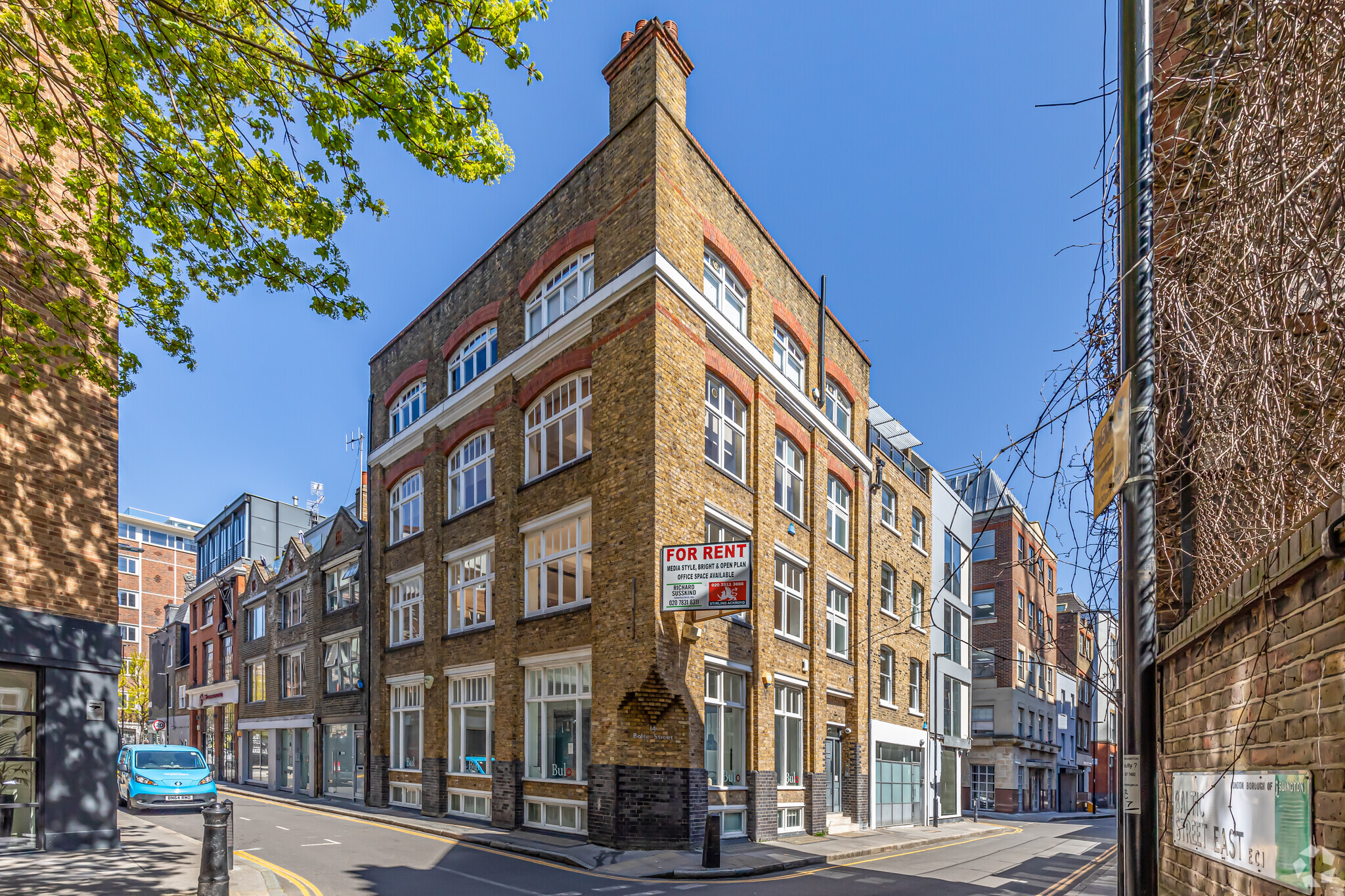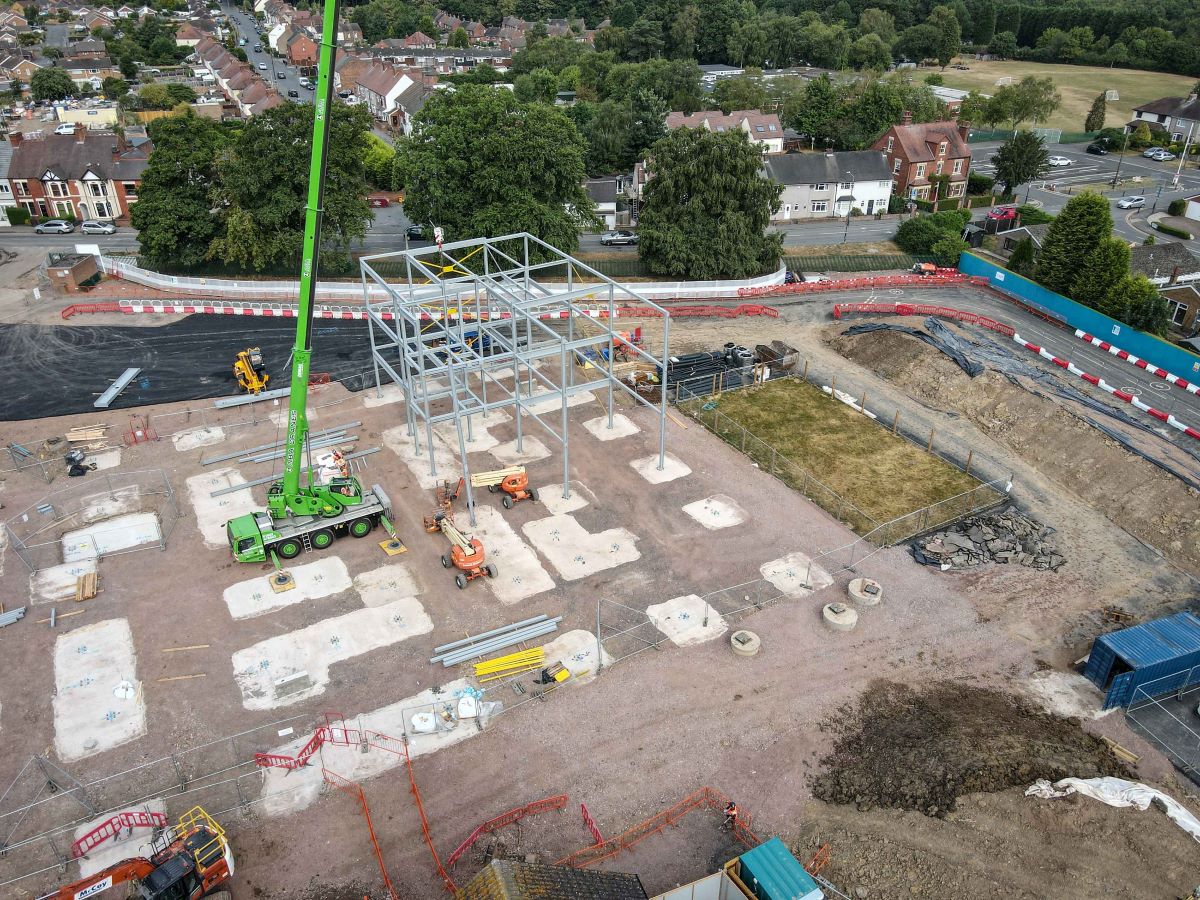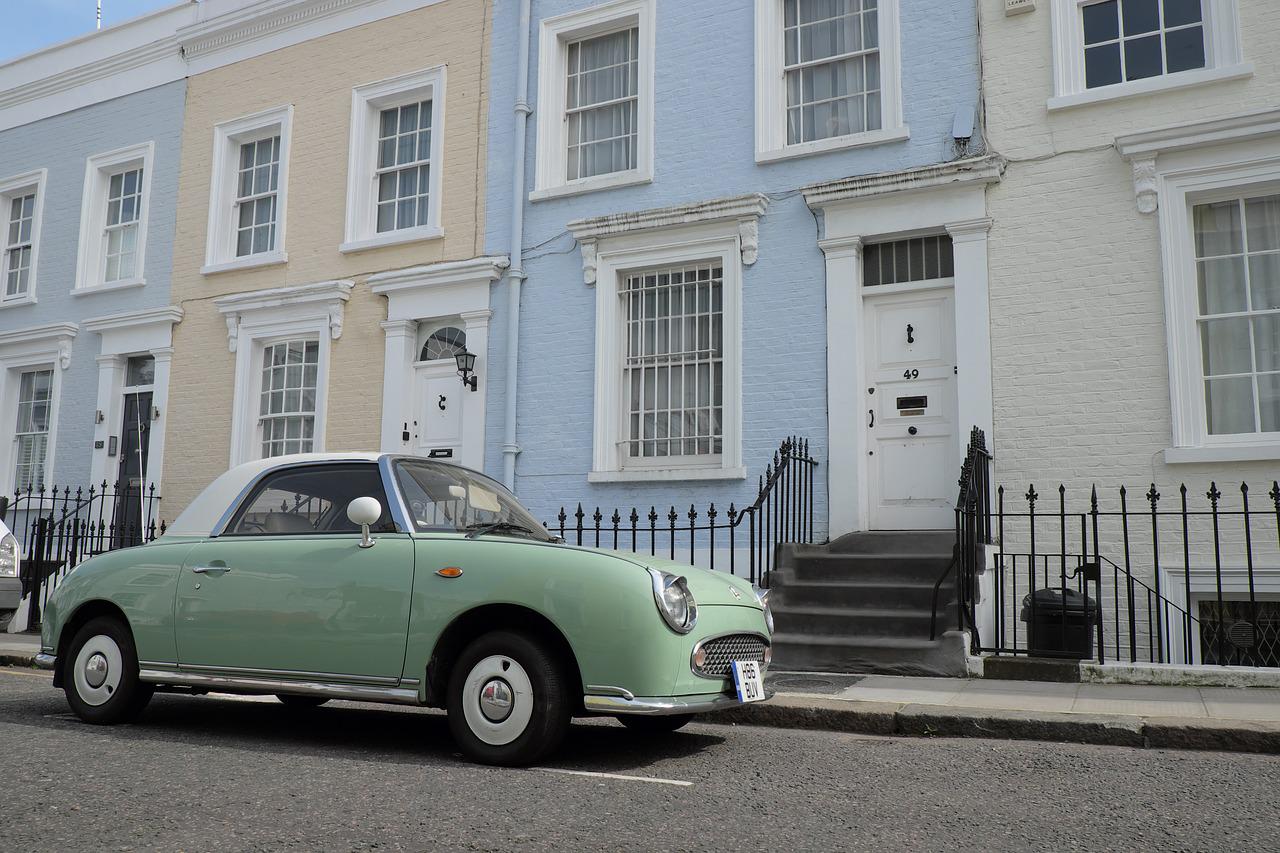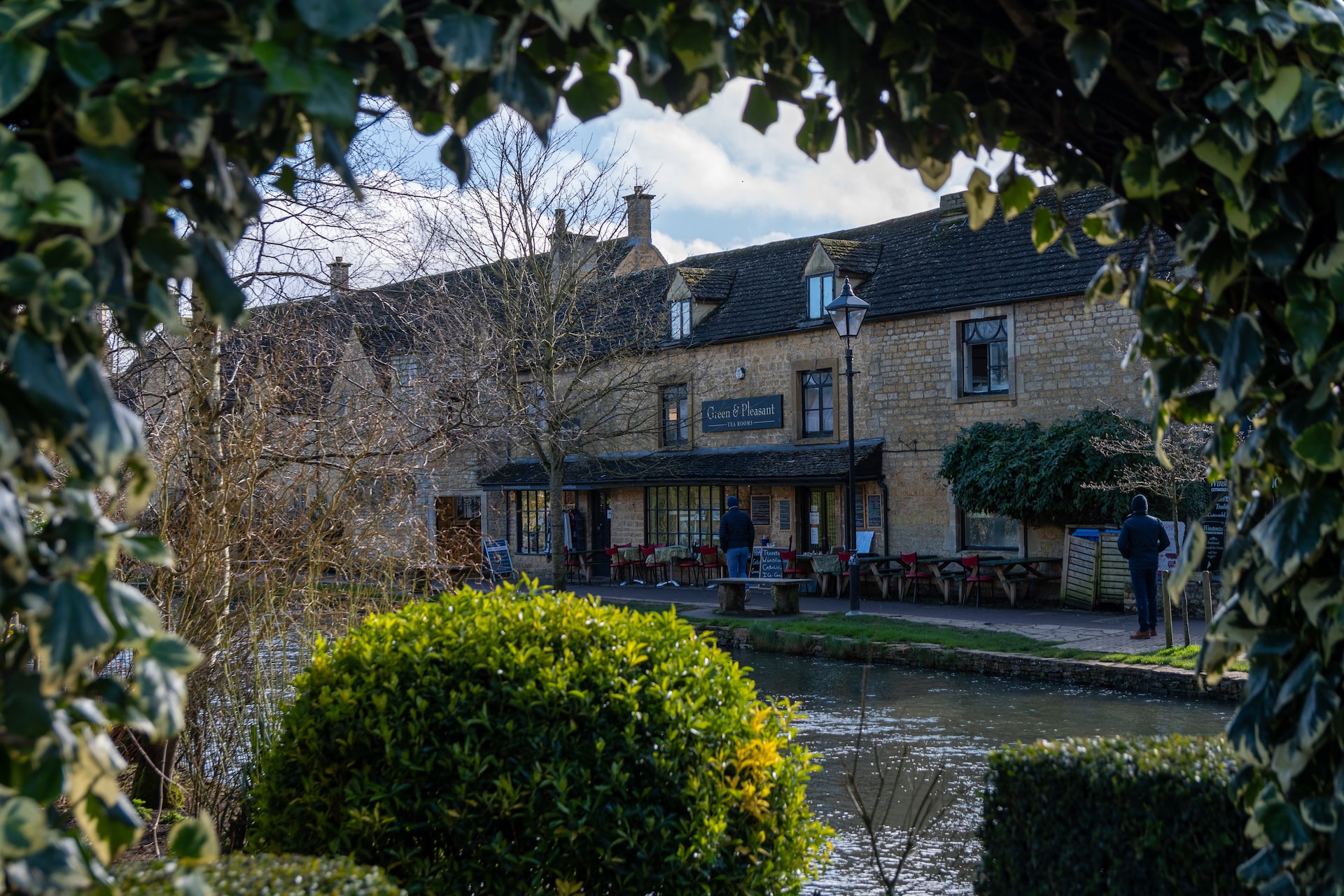According to HM Land Registry’s (HMLR) most recent data on home prices for April 2022, the average price of a home in the UK climbed by 12.4% in the year ending in April 2022, up from 9.7% in the year ending in March 2022. We may observe bigger than typical changes to the published UK House Price Index (HPI) estimates due to the coronavirus (COVID-19) pandemic’s effects on both the volume and supply of home transactions. In processing applications, HMLR has increased the degree of automation in particular. Experts including estate agents in Manchester said initial data volumes may be less than pre-coronavirus pandemic transaction volumes as a result of this procedure, but in the medium to long run, this will result in higher amounts being processed.
Post pandemic trends
In comparison to the totals recorded during the coronavirus pandemic period, more processed transactions contributed to this month’s release overall. While this suggests that future UK HPI estimates will be of greater quality, it may also mean that revisions to earlier months will be higher than usual because more transactions are now accessible for our calculations. The average house price growth in the UK accelerated in the second half of 2020. The average house price in the UK increased to £281,000 in April 2022 from £278,000 in March 2022 as a result of this trend, which persisted into 2021. If you are looking to buy a property in Manchester then getting a professional property valuation in Manchester is ideal to secure the best deal for your property.
The Stamp Duty Holiday
In England and Northern Ireland, modifications to the tax paid on real estate acquisitions were announced with immediate effect on July 8, 2020. Scotland and Wales experienced similar changes a little later (15 July and 27 July, respectively). The tax-free threshold for real estate in Scotland and Wales was £250,000, but it was £500,000 in England and Northern Ireland. Due to the decrease in overall expenses for buyers as a result of these tax adjustments on real estate transactions, sellers may have been able to demand higher prices.
An extension of the Stamp Duty Holiday in England and Northern Ireland was announced on March 3, 2021. This resulted in an extension of the tax holiday until June 30, 2021, after which the threshold will drop to $250,000 until September 30, 2021. The Stamp Duty thresholds have changed back to what they were prior to 8 July 2020 as of 1 October 2021. Scotland’s tax holiday came to an end on March 31, 2021. Wales’ tax holiday came to an end on June 30, 2021.
The tax benefits were initially set to terminate at the end of March 2021, therefore it’s possible that buyers rushed to make sure their home purchases were scheduled to close before this deadline that March’s average house prices were slightly inflated. When the tax break on acquisitions of real estate in England, Wales, and Northern Ireland was extended in June 2021, this effect was further amplified. When the final tax vacations in England ended in September 2021, this might happen once more. Since then, prices have risen, and in April 2022, the average house price in the UK reached a record high of £281,000.
House price growth
According to HM Revenue and Customs’ Monthly property transactions figures for April 2022, the provisional seasonally adjusted estimate of residential sales in the UK was 106,780. (HMRC). This is 3.9% and 12.1% lower, respectively than March 2022 and April 2021. In April 2022, the average price of a home in the UK was £281,000, up £31,000 from the previous month. Average house prices in the UK climbed by 1.1% between March and April 2022 on a non-seasonally adjusted basis, compared to a decline of 1.3% during the same month a year earlier (March and April 2021). Between March and April 2022, the average house price in the UK grew by 0.4% on a seasonally adjusted basis after rising by 0.7% the month before.







